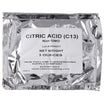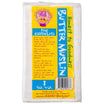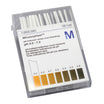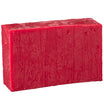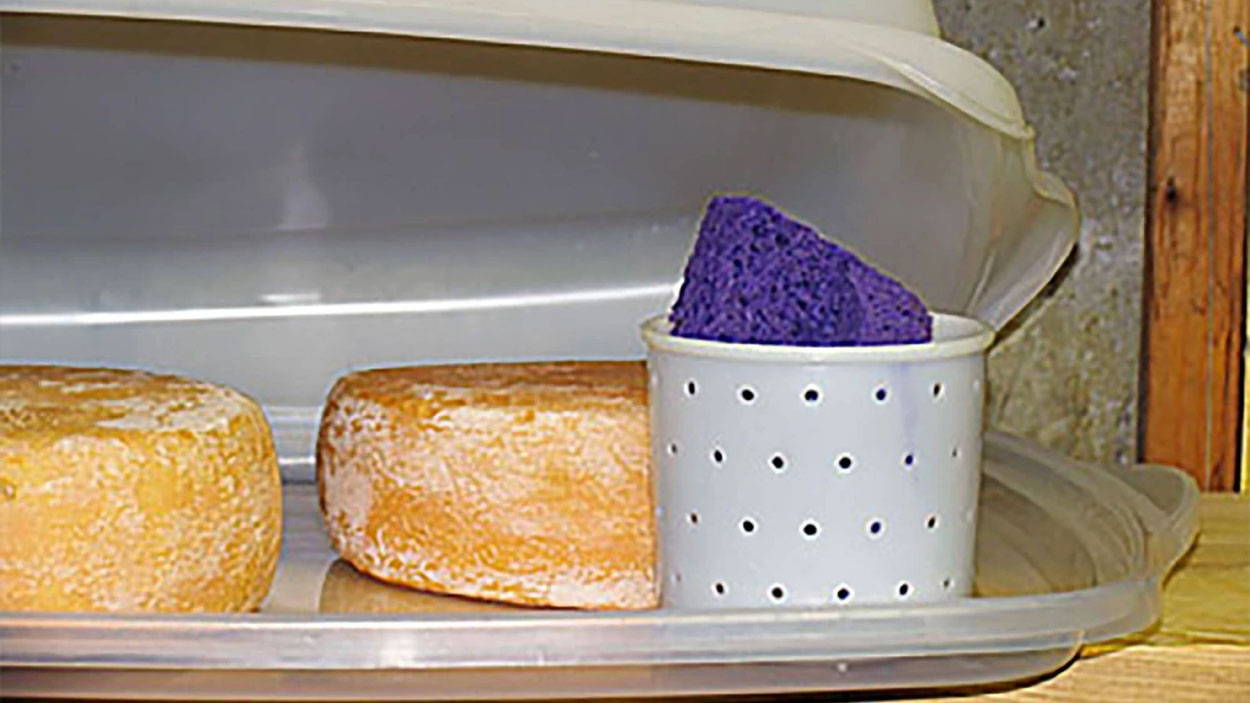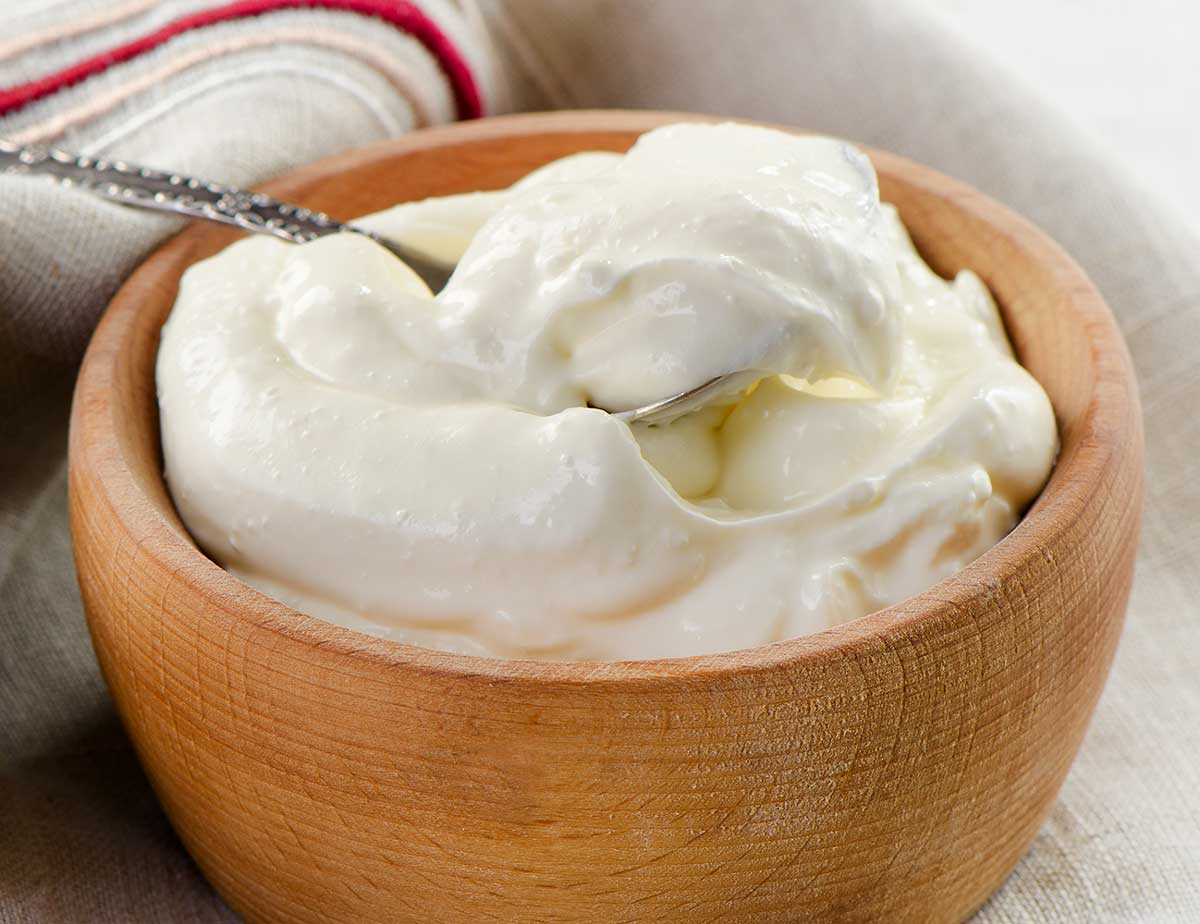
Fromage Blanc Cheese Making Recipe
-
Yield
2 Pounds
-
Aging Time
None
-
Skill Level
Beginner
-
Author
Jim Wallace

Ingredients
Total price for selected items: Total price:
Instructions
-

Acidify & Heat Milk
Heat 1 gallon of milk to 86¡F while stirring slowly. You can use a thermometer, or since this is so close to our body temperature you can heat until the milk feels neither cool nor warm.
Once the milk is heated, open one packet of our Fromage Blanc culture and sprinkling it on the milk surface. Let the culture sit on the milk surface for 1 minute, then stir it into the milk for 2-3 minutes. This starter culture contains bacteria and rennet.
-


Let Milk Set
Allow the milk to sit quietly on the counter at room temperature 68-74¡F for 12-14 hours. The milk will drop in temperature during this time but should not go below 68¡F. If your kitchen is cool, keep the pot covered with towels or a blanket to keep the milk warm.
The best time to make this cheese is in the evening because the curds will be ready to drain in the morning and can be draining while you are busy doing other things or at work.
While the milk sits, bacteria in the culture converts the milk sugar (lactose) into lactic acid which gives the cheese its flavor and increases the acidity of the milk. The rennet will coagulate the milk into a gel like consistency after a few hours.
When this curd mass shrinks slightly (visibly pulling away from the edges of the pot) you can move onto the next step. The Fromage Blanc at this point will look like a block of curd floating in clear whey.
-




Transfer & Drain Curds
Now it's time to separate the solids (Curds) from the liquid (Whey). Begin by lining a sanitized colander with cheese cloth. If you would like to save the whey for cooking or other uses simply place the colander over a large bowl or pot to catch the whey.
Transfer the curds into the lined colander using a ladle or slotted spoon, allow the whey to drain off.
Once the curd is transferred you can bring the corners of the cheese cloth together and tie them off. It should then be hung for several hours to allow the whey to drain off. This can take from 3-12 hours depending on the final texture you want. A shorter draining time is makes a moister cheese while a longer draining time makes a dryer cheese.
Draining at room temperature 65-74¡F works well since lower temperature will slow the draining process and higher temperatures will cause faster draining and a drier cheese.
You may find that you need to open the cloth and scrape the edges to help the draining whey.
If you prefer to drain your cheese in the fridge, fold a piece of cheese cloth over the curds rather than tying them into a bundle and keep them in the colander to drain. Place the bowl and lined colander into the fridge and allow to drain. This method may take longer since curds will slower at cooler temperatures.
-




Finished Cheese
The final texture of your cheese can be easily customized. Simply allow the curd to drain until you have a consistency you like.
Once drained, you can add a bit of salt to taste and blend it in well until the texture is consistent. Since this cheese is fresh and will be consumed within a short time, fresh herbs, spices, chilies, nuts, fruit, etc. can also be added and mixed in.
Your Fromage Blanc is now ready to be enjoyed. It can also be packed in a container and stored in the fridge. It should last for about 7-10 days.
Tips and Tricks:
This cheese can be made to your preference. What does this mean? It means that you can customize the taste and texture of your cheese.
You can make a tart more savory cheese or a sweet cheese for fruit or dessert. You can also choose from a moist flowing texture for topping or blending or a dryer more cream cheese like texture. The choice is yours.
Sweet/Tart
The temperature you set the cheese at and how long it ripens for will change the taste of your cheese. A higher temperature and or longer set time will change more lactose to acid, the result will be a tarter flavor. A shorter set time, around 6 hours will give you a sweeter cheese
In this recipe, we suggest heating the milk to 86¡F because this is the best temperature for this culture to ripen at but you could also try adding the culture at room temp for a milder flavor. If adding the culture at room temp, it may take longer for the curd to set and be ready to drain.
If the milk drops below 68¡F while setting the the culture activity may stall and have a hard time properly setting the milk.
Note the amount of whey that begins to form on the top of the curd. First a few drops, then small pools, finally the entire surface will be covered and the curd will pull away from the pot. Taste the curds at at each point to get to know the flavors. Remember good cooks taste often.
Dry/Moist
You can control texture with the draining time and temperature. For a moist soft cheese, less time and lower temperature while draining is best. The longer the curds drain and the higher the temperature, the drier the cheese will be.
Too high a temperature and excess time may lead to a dry chalky cheese texture. Again, watching the process puts you in control. Open the draining cloth and examine the texture and moisture as you go.
Once you have made a few batches you will know much more about the process and less attention will be needed to achieve the results you are looking for.
Too Firm When Taste is Right
We have developed our culture packs with some very specific intents for each product. Our Fromage Blanc culture C20 is prepared with more rennet than our Creme Fraiche culture C33 so if you are looking for a less firm curd try replacing the C20 with one pack of the C33.
Cheese Making Supplies
Popular Products
Cheese Making Recipes

















